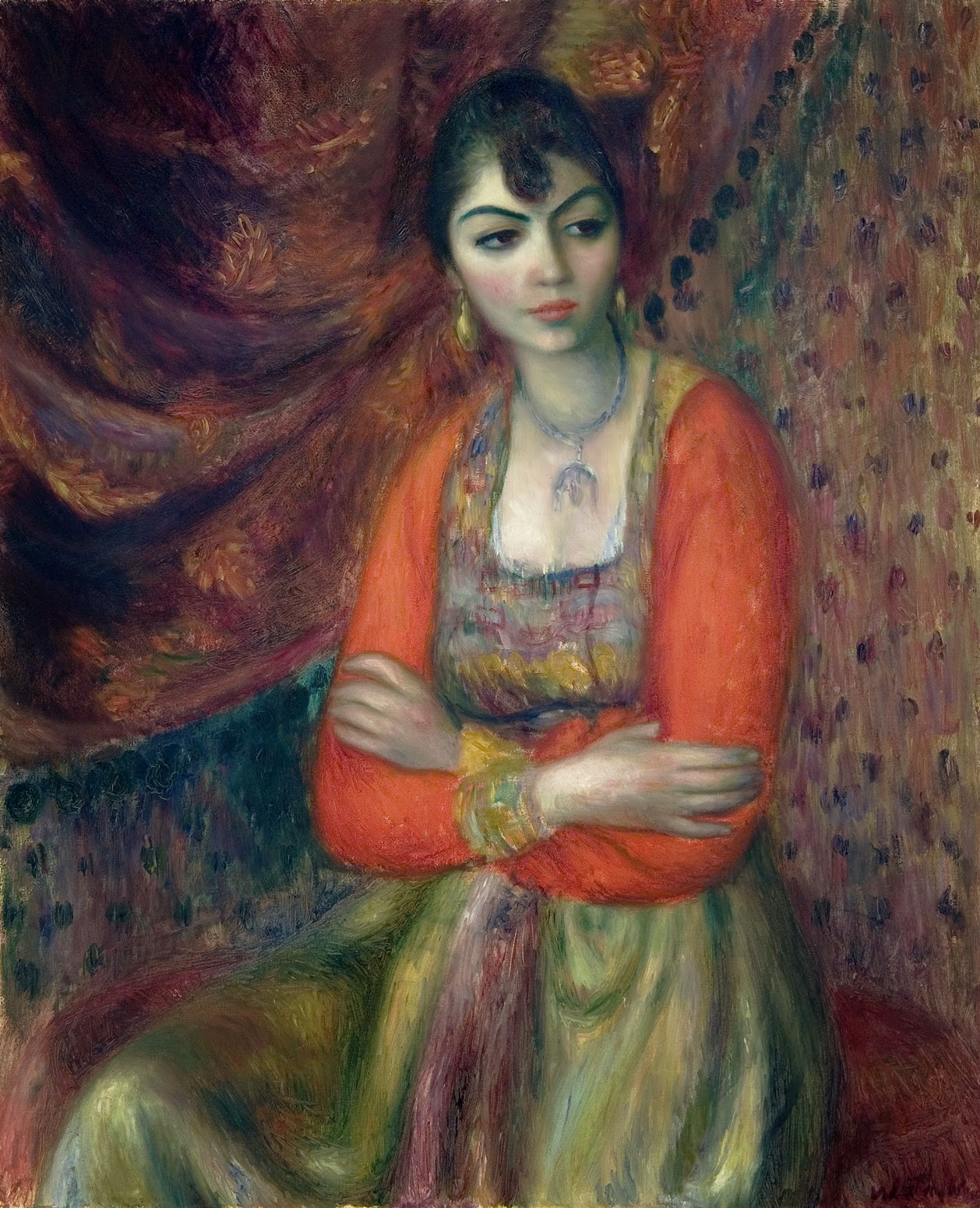William Glackens ~ Ashcan School painter | Page 1 || William Glackens ~ Ashcan School painter | Page 3
William J. Glackens, in full William James Glackens (1870-1938), American artist🎨 whose paintings of street scenes and middle-class urban life rejected the dictates of 19th-century academic art and introduced a matter-of-fact realism into the art of the United States.

.jpg)


.jpg)



